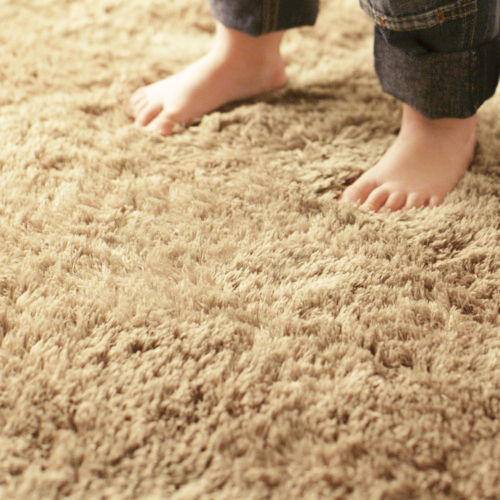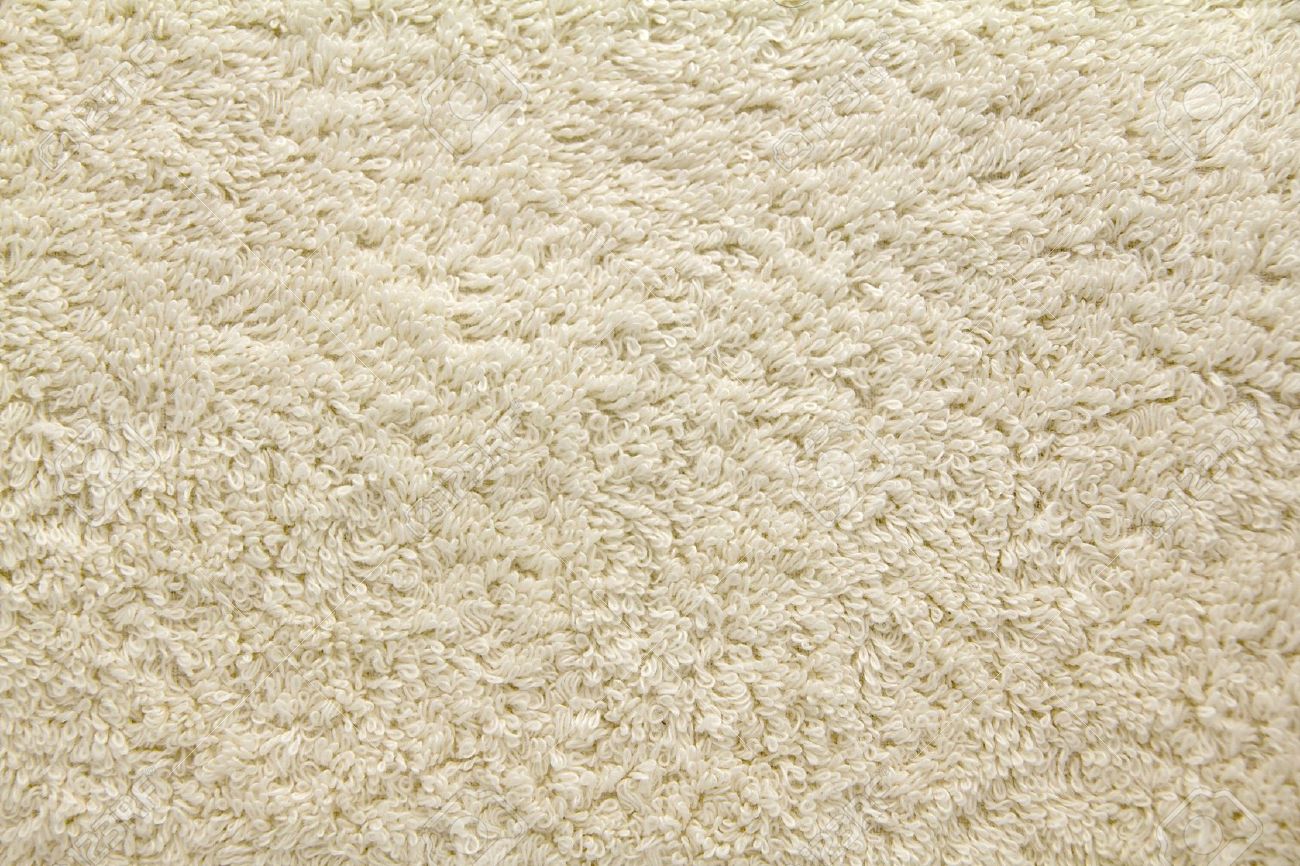The following is the first in a series of articles that covers the component parts of the carpet, the stuff it is made out of. The word "fiber" refers to any material that can be made into filaments and yarn. A filament is a single strand of any fiber. Yarn refers to a bundle of twisted filaments. When we think of types of carpet fibers, we often make the mistake of forgetting the backing, which is also made of fibers.
All fibers can be divided into two categories: natural and synthetic.
During our discussion of each fiber, we will divide it into positive aspects (pros) and negative aspects (cons) to simplify and make it easier to remember.
Natural Fibers: All natural fibers have a few things in common. They are absorbent, which results in both advantages and disadvantages, and can be further divided into two categories.
Protein fibers - Those coming from animals (wool and silk).
Cellulosic fibers - Those coming from plants (cotton).
Wool - Comes from the fleece of sheep and lambs or occasionally goats and some other animals. This is one of the oldest fibers used by man, dating back over four thousand years. It is also still one of the finest face yarns available for carpet.

Wool fiber is composed of three distinct sections:
1) Epidermis, or cuticle, which is the tough outer skin of serrated scales which overlap each other.
2) Cortex, or the spindle-shaped fibrous bulk of the fiber
3) Medulla, or core of the fiber through which the fiber once received nourishment.
Pros
- Hides Soil (Wool has excellent soil hiding capabilities. Wool will not exhibit or show soil as much as other fibers. In addition, wool does not refract and reflect light like synthetics.)
- Resilient (Wool is very strong, elastic, and resilient. Wool face yarn in a well-constructed carpet will stand up to the heaviest traffic and still look beautiful. Example - Notice the carpet in most casinos and finer hotel lobbies and hallways.)
- Soil Release (This means that wool responds very well to cleaning as moisture makes the fibers swell and release particle soil.)
- Flame Retardant (Wool is naturally flame retardant. In many areas, fire codes require the use of wool carpet in the entry and exit areas of certain public buildings.)
Cons
- Expensive (This arises mainly from the processing cost, the cleaning, and the preparation, etc., rather than the actual cost of the raw material.)
- Fiber Distortion (Wool is very prone to distortion by excess agitations such as jet streaks and wand marks.)
- Stains Easily (Due to its absorbency and ease of dyeing, wool is easily stained by wine, Kool-Aid, and other acid dyestuffs.)
- Chemical Sensitivity (Wool is sensitive to excessive alkaline chemicals with prolonged exposure. This will tend to make wool brittle and somewhat discolored.)
- Wool is also very sensitive to chlorine bleach, such as Clorox. It will completely dissolve wool within a matter of minutes.
Silk - A very expensive fiber yet rarely used in carpet. It is usually seen in very high priced oriental type rugs coming from China, and it would not be unusual to encounter silk rugs costing in excess of $20,000 in the larger sizes.
It is obtained from the cocoons of silk worms. A very long filament of silk is obtained by unwinding, or "reeling", the cocoon of silk worms.
Silk is also considered to be a continuous filament fiber as opposed to staples fibers.
_17.jpg)
The Pros
- Strength: Silk has a higher tensile (pulling) strength than a similar filament of steel.
- Lightweight and Stretchable: It can stretch up to twenty percent of its length.
- Flame Resistant: Silk is naturally flame resistant, and will resist temperatures up to 330 degrees.
The Cons
- Chemically Sensitive: Silk being a protein fiber is also sensitive to alkalinity and chlorine bleach much the same as wool.
Cotton - It comes from the seed pod of the cotton plant. It is a staple fiber and requires processing into yarn.

The Pros
- Strong: In tightly spun yarn, cotton is very strong, and its strength increases when wet.
- Absorbent: This means good dye acceptance.
- Static Resistant
- Heat Resistant
The Cons
- Absorbent: This can also be a disadvantage because of slow drying time.
- Stains Easily: Also due to high absorbency.
- Flammable
- Browning: True cellulosic browning occurs in cotton, as it is 99% cellulose. Degradation of the cells release lignin, which wicks to the surface as brown or yellow stains.
I'll be happy to answer any questions you have, provide you with an estimated price over the phone, or come into your home/office and give you a free written estimate--without cost or obligation of any kind.
I hope you found this information helpful. Tune in tomorrow for similar information, but about other types of carpet, such as olefin, nylon, and polyester.
If you have any questions or comments, please call me at 1 800 848-8385
I've dedicated my business to consumer education and service. I'll be pleased to help you in every way. I look forward to your call.
And remember, we clean your carpet, not your wallet!
